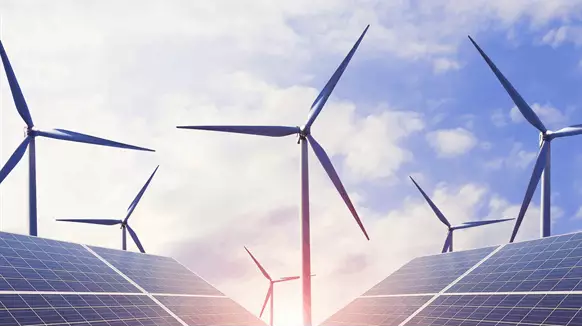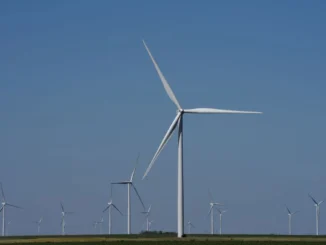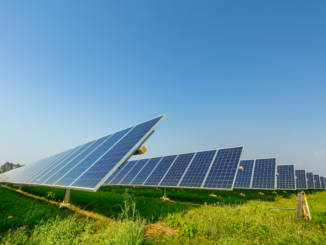
In the first half of 2022, 20 petroleum exploration and production players tracked by Rystad Energy agreed to over 80 gigawatts (GW) worth of mergers, acquisitions, and joint venture deals – almost as much capacity as in full year of 2021.
Rystad found that the deal activity of E&Ps in the renewables sector over the period increased 21 percent year-on-year. May was the most active month this year, with 20.4 GW of M&As and 7.3 GW of joint venture agreements signed.
The slowest month was – as expected – January with just 2.1 GW of total deals agreed. The tracked E&Ps agreed to 102.1 GW of deals in 2021. The installed renewable energy capacity of these global players nears 93 GW by 2030 based on data available at the end of June 2022, after having kicked off the year at 76.3 GW. As the pace of the energy transition speeds up, these giants are set to continue to chase renewable energy goals.
The activity was significantly higher in the second quarter of the year, which is in line with the pace of deal-making in the same period last year.
Since April 2022 – and despite world events – E&P renewables portfolios have grown remarkably, with some players even surpassing their 2030 ambitions.
TotalEnergies was by far the most active E&P so far this year. The company added the largest renewable energy capacity to its portfolio during the first half of 2022, with 4.9 GW of joint ventures and 23 GW of M&As. BP followed with over 16 GW of M&As agreed, and about 650 megawatts of joint ventures.
This is in line with the European Union attempting to offset its dependence on imported energy – mostly from Russia – by supporting renewable energy like solar PV and onshore wind.
However, exhaustive bureaucratic permitting processes mean new projects can take time to be approved. In most EU countries, it takes five years on average for a renewable energy project to secure all necessary permits due to complex spatial planning constraints, slow procedures, and understaffed permitting authorities.
Now that the EU is aware of its need to replace Russian gas, it is looking to speed up the process to cap permitting procedures via its REPowerEU package at one year in areas without significant environmental impact and two years in other areas.
Specific EU countries are taking steps to streamline permitting for solar PV and onshore wind which are likely to result in a significant shift in renewable energy development in Europe.
The most proactive member state is Germany which is working with its Federal States to allocate 2 percent of the nation’s land mass to onshore wind projects. By targeting spatial planning rules, Italy, Norway, and Spain are also looking to reform their permitting processes for onshore wind to make them faster and more efficient.
The UK is also attempting to hype up its renewables market. Namely, onshore wind and solar PV were included in the latest auction for the first time since 2015. And onshore wind made a comeback with around 1.5 GW of projects awarded, while solar PV secured around 2.2 GW. The results back UK’s ambition to increase its renewable energy share to combat the high electricity prices in the country, driven by the spike in natural gas prices.
Solar PV and onshore wind, for instance, are each set for an annual average installation rate of 2-3 GW between 2024 and 2026. Furthermore, the UK government plans to hold an auction each year starting in 2023, to further boost renewables.
Source: Rigzone.com



